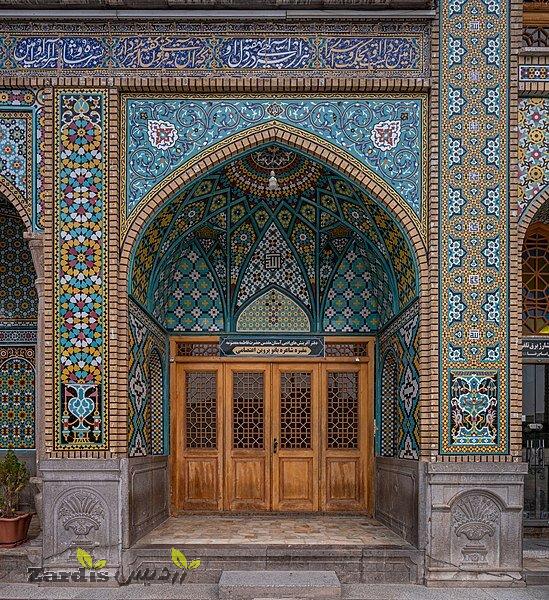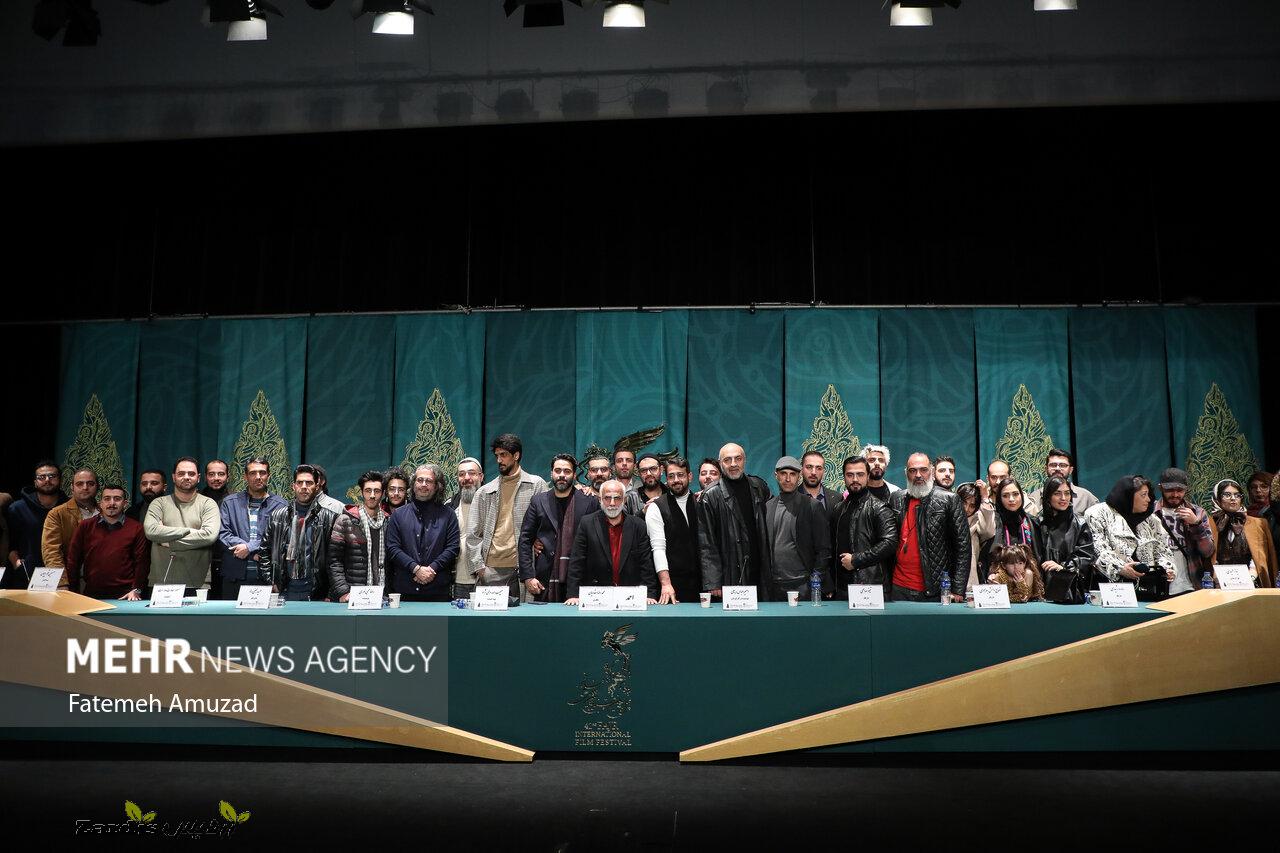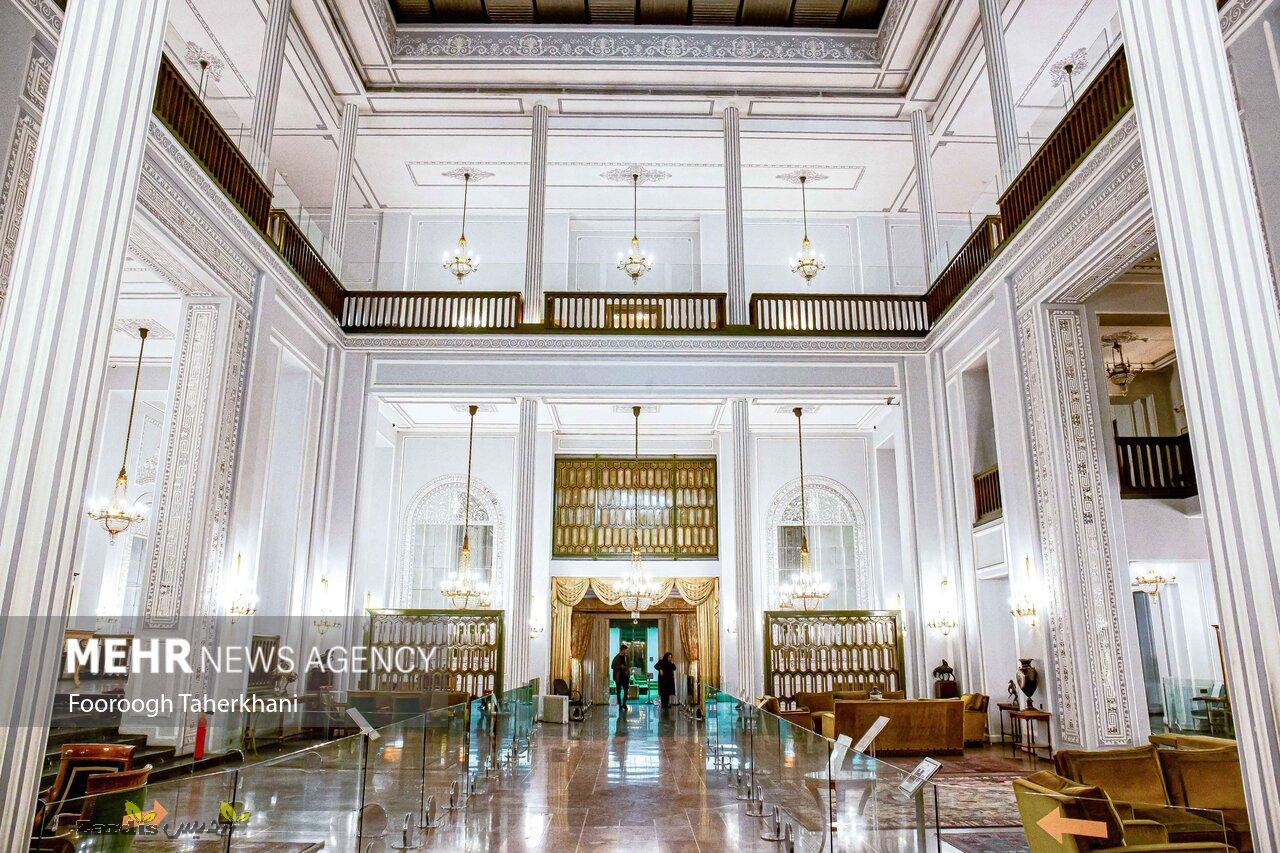TEHRAN – A total of eleven cultural elements passed down from generation to generation in Fars province have been registered in the National Intangible Cultural Heritage list.
The Ministry of Cultural Heritage, Tourism and Handicrafts on Saturday announced the inscriptions in a letter to the governor-general of the southern province, CHTN reported.
Three separate traditional skills of bread-making which have long been practiced across the province are among the items added to the list.
The list also includes harvesting ritual in the city of Lar, the ceremony of reciting Shahnameh, the epic magnum opus of Persian poet Ferdowsi in Dezhkord, and the local costumes of Izadkhast.
The skill of making halva – a kind of traditional sweet dessert as well as the talent of making Ash, a traditional slow-cooked, thick soup made with chickpeas, beans, noodles, and fresh herbs were also inscribed on the prestigious list.
Iranian flatbread is produced by cooking fermented dough, basically made from wheat flour, yeast, and water. Several additives may be added to the wheat flour-yeast-water dough to increase the shelf life of bread and improve its sweetness, quality, or even nutritional value.
The most commonly used additives are vegetables (such as potato, onion, and spinach), fruits and nuts (such as raisins, walnuts, and peanuts), seeds (such as poppy, cumin, and sesame), salt, sugars, lipids, milk, egg, spices, and food starches.
The ancient region of Fars, also spelled Pars or Persis, was the heart of the Achaemenian Empire (550–330 BC), which was founded by Cyrus the Great and had its capital at Pasargadae. Darius I the Great moved the capital to nearby Persepolis in the late 6th or early 5th century BC.
The capital city of Shiraz is home to some of the country’s most magnificent buildings and sights. Increasingly, it draws more and more foreign and domestic sightseers flocking into this provincial capital which was the literary capital of Persia during the Zand dynasty from 1751 to 1794.
Hafezieh (mausoleum of Hafez, an illustrious 14th-century Persian poet), the UNESCO-registered Persepolis, and Sadi mausoleum are some of the most-visited sites in the province.
ABU/AFM
Zardis news | The latest news of Iran and the world
All rights reserved for "Zardis news"It is protected and any copying without mentioning the source is prohibited.
Pursuant to Article 12 of Chapter 3 of the Cybercrime Law, copying the format and content will be prosecuted.







